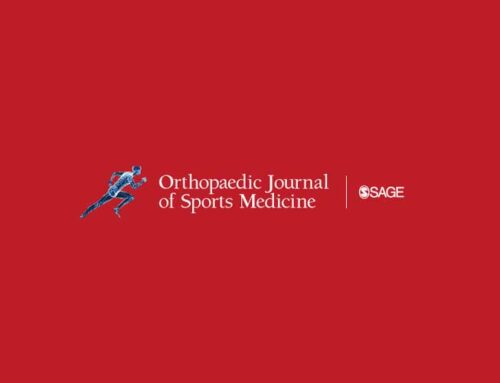BACKGROUND:
The substantial increase in the utilization of shoulder arthroplasty in the United States during the past decade is partly attributable to the growing acceptance of reverse shoulder arthroplasty (RSA). This study compared the national utilization of and indications for shoulder hemiarthroplasty, total shoulder arthroplasty (TSA), and RSA.
METHODS:
The Nationwide Inpatient Sample was used to identify shoulder arthroplasty procedures performed in the United States in 2011. Indicating diagnoses, demographics, and hospital characteristics were identified for each shoulder arthroplasty procedure. Multivariable regression identified factors associated with long hospital stays.
RESULTS:
An estimated 66,485 shoulder arthroplasty procedures were identified (33% RSA, 44% TSA, and 23% hemiarthroplasty). Common diagnoses for RSA were rotator cuff tear and arthritis (80%) and proximal humerus fracture (10%). TSA was performed for osteoarthritis in 93% of cases. Hemiarthroplasty was performed for osteoarthritis (45%) and proximal humerus fracture (38%). One quarter of proximal humerus fractures treated with arthroplasty received RSA compared with 69.8% that underwent hemiarthroplasty. Mortality occurred in 0.08% of patients with atraumatic diagnoses but in 0.53% of patients with proximal humerus fractures (P < .001). Older patients with comorbidities often had longer hospital stays, as did those with government insurance.
CONCLUSIONS:
RSAs accounted for one third of all shoulder arthroplasty procedures in the United States in 2011. Whereas the majority of RSAs are performed for rotator cuff tear arthropathy, one quarter of proximal humerus fractures are treated with RSA, suggesting the strong uptake of this relatively new procedure in the United States.
View: National utilization of reverse total shoulder arthroplasty in the United States.



